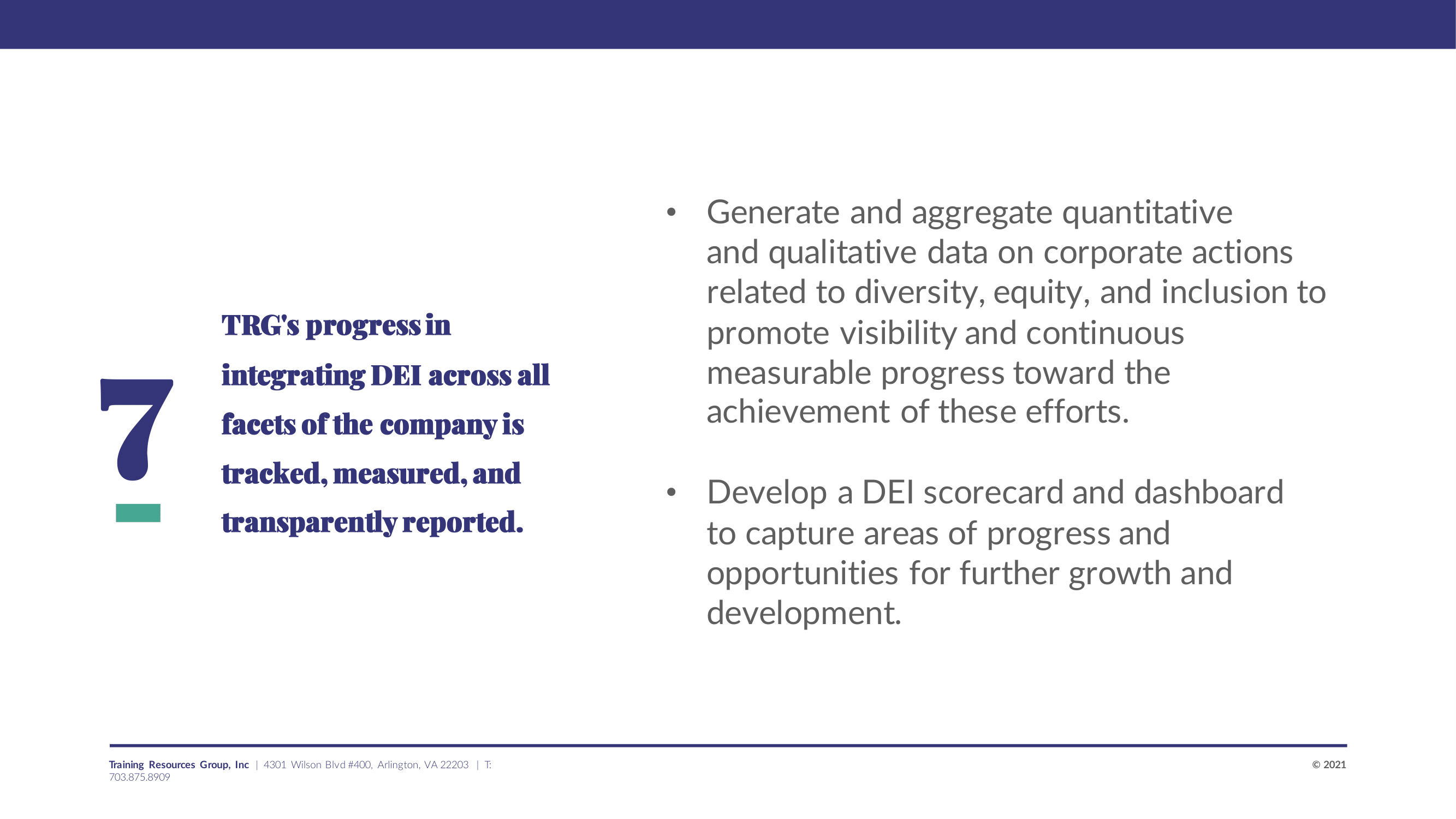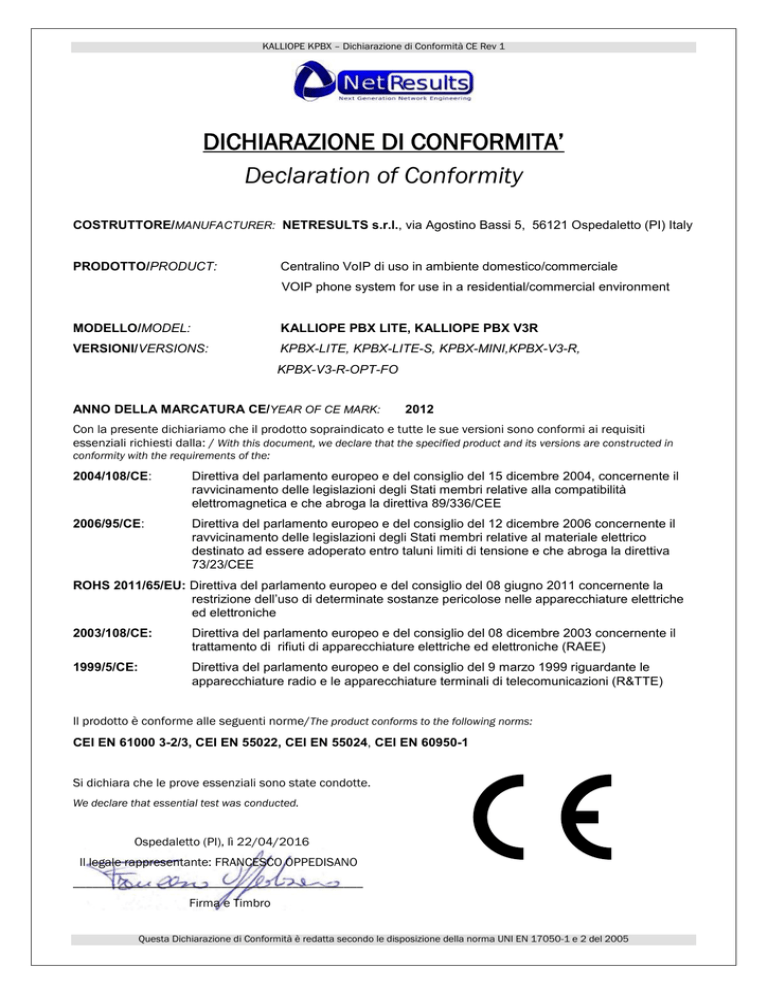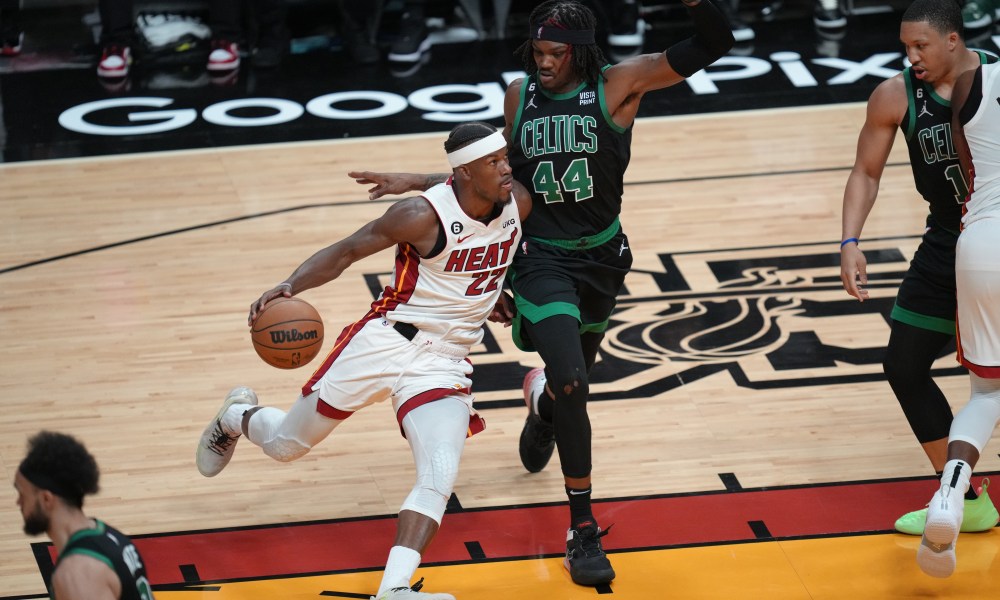Analysis Of Target's DEI Policy Changes And Subsequent Consumer Response

Table of Contents
Target's recent adjustments to its Diversity, Equity, and Inclusion (DEI) policies ignited a firestorm of public debate and a measurable shift in consumer behavior. This analysis examines the specific policy changes, the multifaceted consumer response, and the resulting impact on Target's brand and sales. We will dissect the details of the policy shifts, analyze the nature of both positive and negative consumer reactions, and explore the potential long-term consequences for this retail giant.
Target's DEI Policy Changes
The controversy surrounding Target stemmed from its expanded Pride collection for Pride Month 2023 and the broader support of LGBTQ+ inclusivity within its DEI initiatives. This wasn't a single policy shift, but a confluence of actions perceived by some as overtly political.
- Specific product lines: The introduction of children's clothing featuring LGBTQ+ themes from designers like Abprallen sparked intense criticism. These items, alongside other Pride-themed merchandise, were central to the consumer backlash.
- Internal company policies: While not publicly detailed in their entirety, internal memos and statements suggested a heightened focus on LGBTQ+ representation within the workforce and marketing campaigns. This commitment, while intended to foster diversity and inclusivity, became a focal point of the controversy.
- Public statements: Target executives initially offered relatively limited public comment on the backlash. The lack of forceful pushback, coupled with the continued presence of the Pride collection, was interpreted differently by various groups.
- Timing: The release of the Pride collection during Pride Month exacerbated the situation, making the timing a contributing factor to the intensity of the public reaction.
Analysis of Consumer Response
Consumer reactions to Target's DEI policy changes were sharply divided, reflecting a deeply polarized societal landscape.
- Boycotts and Negative Campaigns: A significant boycott movement emerged, driven largely by social media campaigns like #BoycottTarget. Consumers expressed outrage over the LGBTQ+ themed merchandise, viewing it as inappropriate or harmful to children.
- Positive Support: Conversely, many consumers voiced strong support for Target's commitment to DEI and LGBTQ+ inclusivity, praising the company's efforts to create a more representative and accepting retail environment. These customers actively defended Target's actions on social media and continued their patronage.
- Sales Data: While precise sales figures reflecting the direct impact of the controversy remain unavailable to the public, reports suggest a noticeable dip in sales during and after the peak of the boycott. This requires further investigation and analysis to conclusively connect sales decreases to the DEI policy changes.
- Geographical Variations: The intensity of the backlash varied geographically, with certain regions showing stronger resistance to Target's policies compared to others. This reflects the differing social and political climates across the country.
- Demographic Breakdowns: Available data hints at a correlation between conservative viewpoints and negative responses to Target's policies, while more liberal demographics exhibited greater support. However, conclusive demographic analysis requires more comprehensive data collection.
The Role of Social Media
Social media platforms acted as powerful amplifiers for both positive and negative sentiments regarding Target's DEI policies.
- Viral Posts and Memes: Images and videos related to the Pride collection, often manipulated or taken out of context, went viral, fueling the controversy. Memes and satirical posts contributed significantly to the spread of both supporting and opposing views.
- Influencer Impact: High-profile influencers and media personalities played a significant role in shaping public opinion, with some using their platforms to endorse the boycott and others defending Target’s actions. This amplified both positive and negative narratives, significantly influencing overall perception.
- Misinformation: The rapid spread of misinformation and distorted narratives through social media complicated the situation. False claims about Target's policies and motives contributed significantly to the intensity of the consumer backlash.
- Target's Response: Target’s initial response was relatively muted, leading to criticism for a lack of engagement with the controversy. Their later attempts to address concerns were arguably insufficient in calming the storm.
Impact on Target's Brand and Reputation
The long-term consequences for Target's brand and reputation are still unfolding.
- Changes in Brand Perception: Target's brand perception has been undoubtedly impacted, with divisions solidifying along ideological lines. While some consumers view the company as progressive and inclusive, others see it as overly political and out of touch with its customer base.
- Customer Loyalty: The boycott and the ensuing controversy have likely impacted customer loyalty, with some consumers permanently shifting their shopping habits. The long-term effect on customer retention remains to be seen.
- Stock Price: Target's stock price experienced fluctuations during and after the controversy, reflecting investor concerns about the potential financial impact of the backlash.
- Comparison to Similar Incidents: The Target situation mirrors similar instances where companies faced consumer boycotts due to perceived political stances or DEI initiatives. These comparisons offer valuable lessons on handling such controversies effectively.
Conclusion
Target's DEI policy changes, specifically those surrounding its Pride collection, triggered a significant and multifaceted consumer response. While the company aimed to promote diversity and inclusion, the ensuing controversy highlighted the complex interplay between corporate social responsibility, consumer preferences, and brand reputation. The rapid spread of information – and misinformation – through social media significantly amplified both positive and negative sentiments, leading to a measurable impact on sales and brand perception. The long-term effects on customer loyalty and Target's financial performance remain to be fully analyzed.
Further research into the long-term effects of Target’s DEI policy changes and consumer response is essential. Analyzing similar cases across other brands will be crucial in understanding best practices for navigating sensitive social issues and effectively managing potential consumer backlashes related to DEI policy changes. Further research is crucial to understanding how businesses can effectively communicate and implement DEI initiatives while mitigating negative consumer responses.

Featured Posts
-
 Late Goals Secure Englands Win Over France
May 01, 2025
Late Goals Secure Englands Win Over France
May 01, 2025 -
 Processo Becciu Aggiornamenti Sull Appello E Dichiarazione Di Innocenza
May 01, 2025
Processo Becciu Aggiornamenti Sull Appello E Dichiarazione Di Innocenza
May 01, 2025 -
 Following Severe Weather Louisville Launches Debris Removal Program
May 01, 2025
Following Severe Weather Louisville Launches Debris Removal Program
May 01, 2025 -
 Impresionantes Fotos Asi Se Vivio La Clase Nacional De Boxeo En El Zocalo
May 01, 2025
Impresionantes Fotos Asi Se Vivio La Clase Nacional De Boxeo En El Zocalo
May 01, 2025 -
 Nba Playoffs Game 2 Cavaliers Vs Heat Live Stream Tv Schedule And Details
May 01, 2025
Nba Playoffs Game 2 Cavaliers Vs Heat Live Stream Tv Schedule And Details
May 01, 2025
